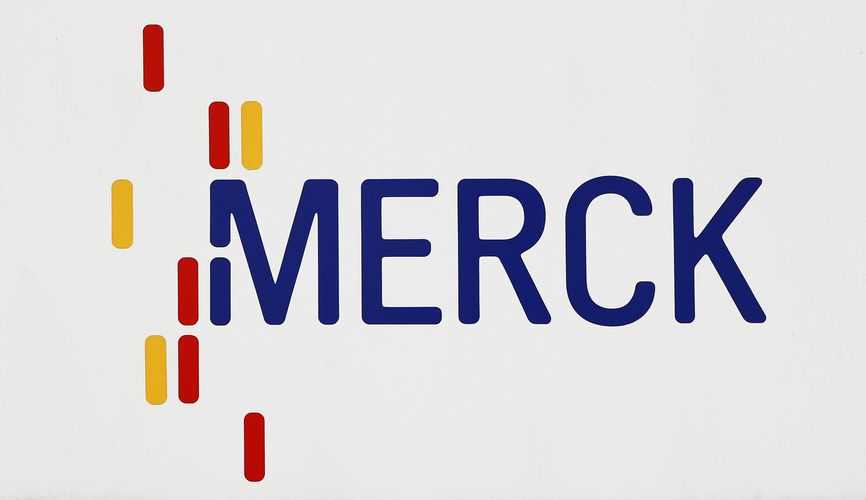Merck reopened the European corporate bond market with a punchy triple-tranche euro offering on Thursday, breaking several weeks of drought seen after volatility dashed hopes of a late-summer surge
“The market has been waiting for a day like today,” said Demetrio Salorio, global head of debt capital markets at lead bank Societe Generale.
“There’s a lot of appetite from issuers to get things going, and we saw a lot of willingness from the buyside this week that gave us the confidence to go ahead.”
Merck Financial was heard to be targeting between €1.5bn and €2bn across the three tranches to help fund its US$17bn acquisition of US laboratory supplies company Sigma-Aldrich, according to one investor.
The German multinational chemicals company started marketing a two-year floater at three-month Euribor at plus 30bp–35bp, a four-year fixed at mid-swaps plus 60bp area and a seven-year at mid-swaps plus 85bp area.
Guidance was subsequently tightened to 25bp area, 50bp–55bp and 75bp (+/–2bp) on respective sizes of €750m, €750m and €500m. The bonds priced at the tight end across the tranches, at plus 23bp, 50bp and 73bp, in slightly modified sizes of €700m, €800m and €550m, for a €2.1bn total.
According to officials at Societe Generale, the respective new issue premiums at the guidance stage were around flat, 16bp–17bp and 17bp–18bp over the outstanding curve.
However, one investor said the premiums were not in line with his expectations.
“It’s too expensive, and it’s not sufficient against the market backdrop. On the four-year, the pick-up is fair at best,” he said.
Merck Financial’s March 2020 4.50% paper was bid 38bp over mid-swaps pre-announcement, according to Tradeweb. The trade subsequently widened to 49bp after the new supply was announced.
“I expect it will be taken up by German investors; the issuer isn’t even offering a call with clients on this,” the investor said. “In this market you have to pay to play, and with limited pick-up, Merck has not done this today.”
In spite of this, the order book topped €6bn, with the two-year FRN attracting interest of around €2bn, the four year €2.5bn and the seven-year €1.8bn.
Leads were Commerzbank (B&D), Helaba and SG, and the expected ratings are Baa1 (neg)/A (neg) from Moody’s/S&P.
On the two-year floater, France was allocated 64%, Germany and Austria 26%, Southern Europe 3%, Benelux 3%, Northern Europe 2%, Switzerland 1% and others 1%.
By account, funds took 85%, insurers and pensions 8%, banks and private wealth 6%, and others 1%.
On the four-year, Germany and Austria were allocated 38%, the UK and Ireland 18%, France 17%, Benelux 10%, Northern Europe 8%, Southern Europe 5%, Switzerland 2% and others 2%.
By account, funds took 75%, insurers and pensions 10%, central banks 5%, banks and private wealth 7% and others 3%.
On the longer piece, Germany and Austria were allocated 52%, the UK and Ireland 12%, France 16%, Benelux 5%, Northern Europe 9%, Southern Europe 4%, Switzerland 1% and others 1%.
By account, funds took 72%, insurers and pension 14%, central banks 5% banks and private wealth 8% and others 1%.
